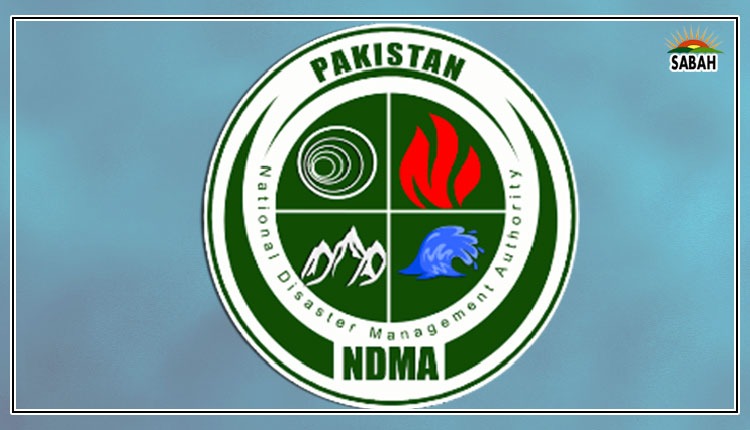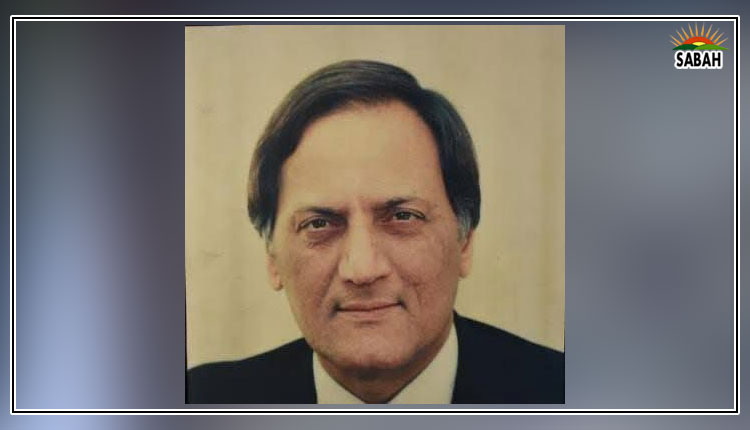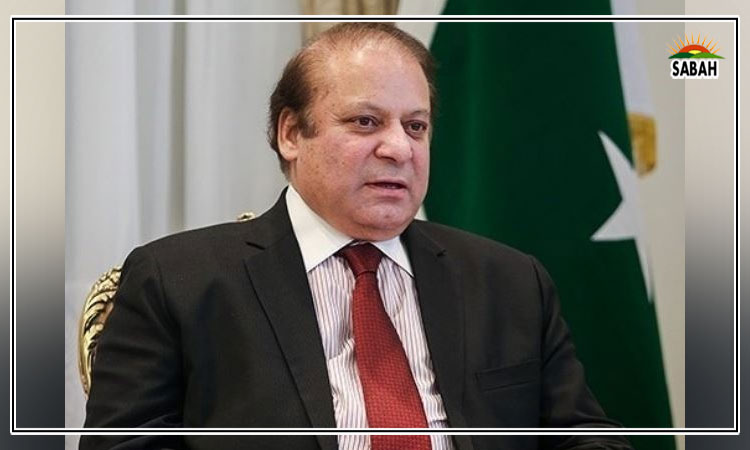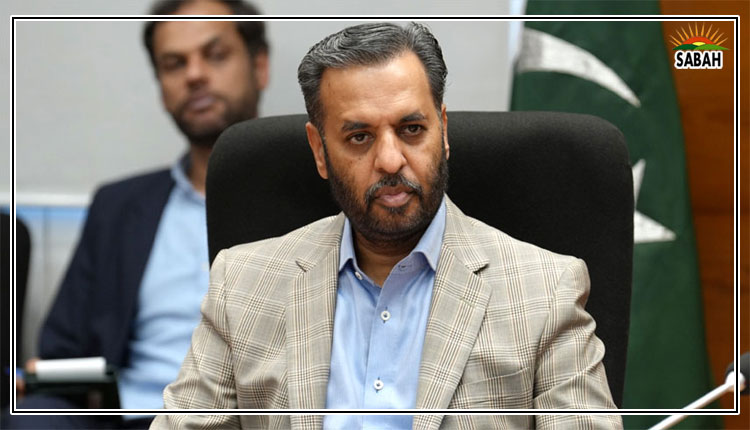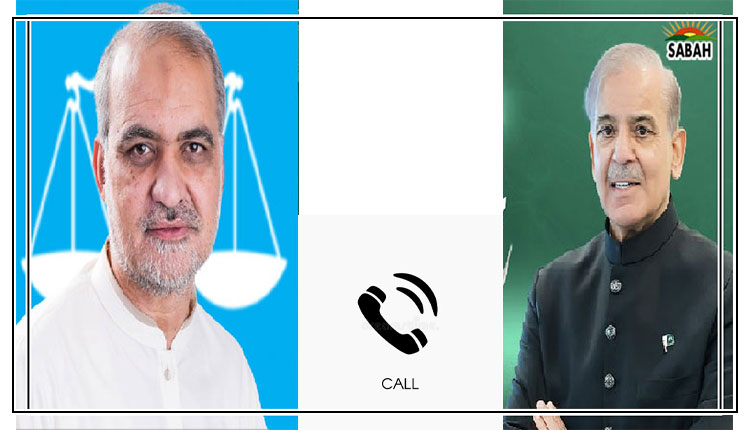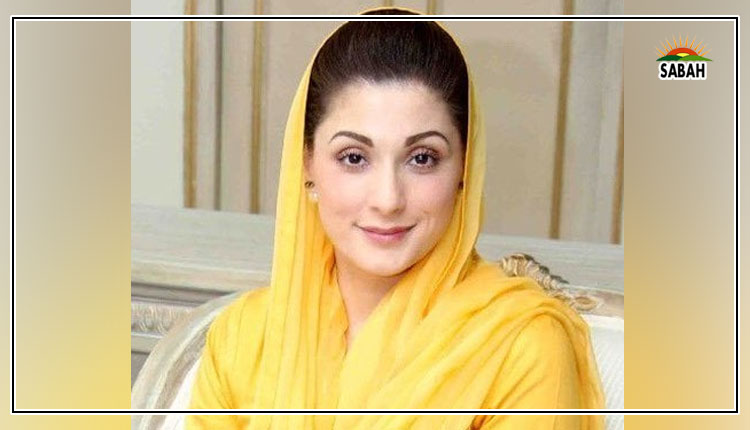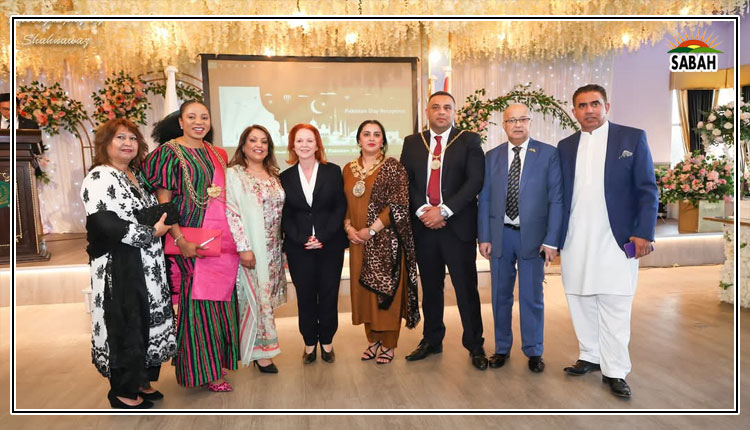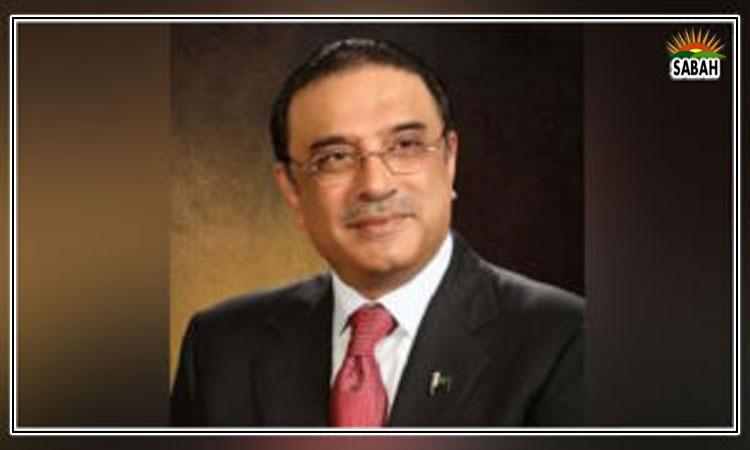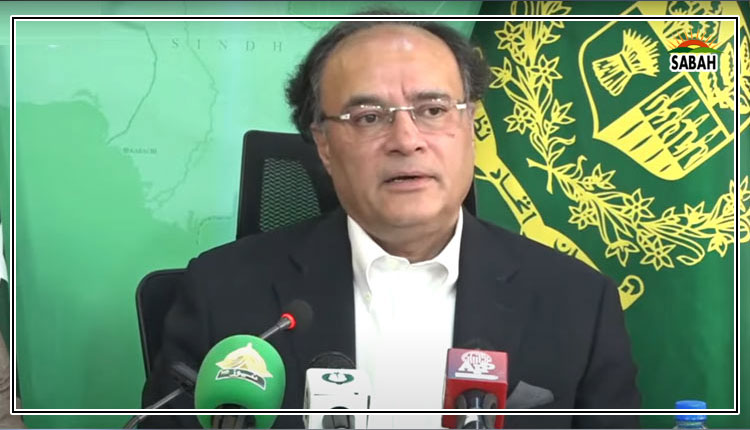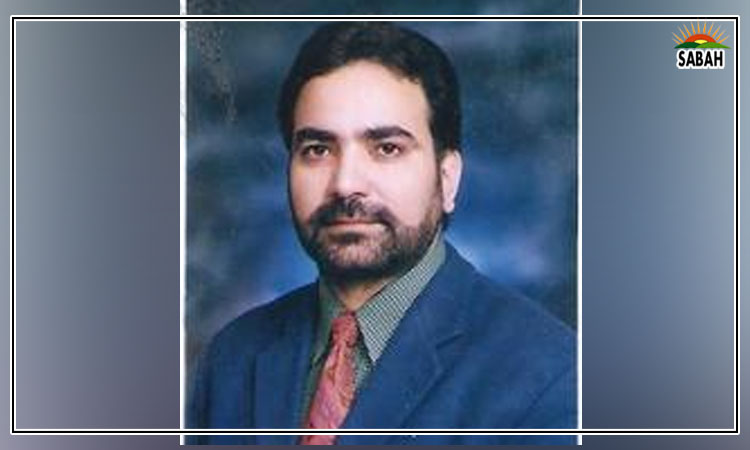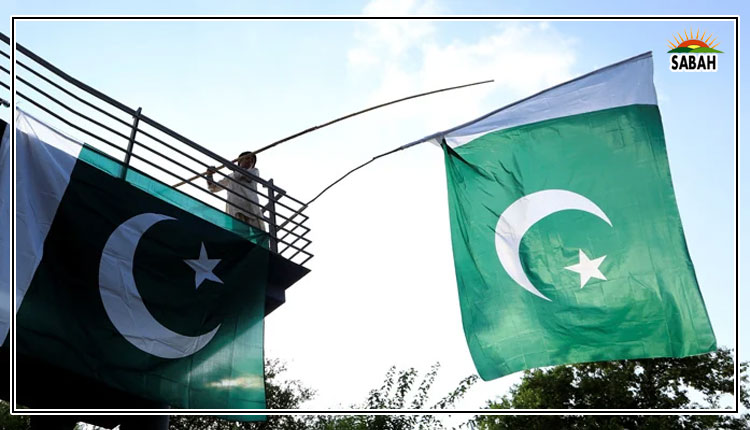How 2000-2025 shaped Pakistan … Bilal I Gilani
As the sun set on December 31, I wondered what the new year would bring for Pakistan. Being a social scientist and heading a firm that measures the pulse of the nation, I began to reflect on the survey research data I had the unique opportunity to dissect during 2024.
The year 2024 marked the epic high of political and social turmoil that started in 1999 when a major political disjuncture happened in the form of an elected government being shown the door by the military. What followed for another quarter of a century was a complex mix of many steps forward with many steps backwards. The period was marked by many external shocks in the form of geopolitical movements. The 9/11 events opened a new world order where security took precedence, soft power was replaced by hard power, and international cooperation in the shape of liberal international organisations began to lose their relevance.
Pakistan was in the middle of it all as a frontier nation. The Afghan war created social and economic repercussions for the country in the form of a yet again ascendant military control of Pakistan, the influx of yet another wave of refugees from Afghanistan and post-2005 a civil war in the form of various social (can be read as anti) movements beginning to challenge the changing times. The proxies Pakistan created to create a security paradigm openly revolted and came home to fight their own creator. Various military campaigns, bombings in the cities and frontier regions, and the wiping out of an entire generation of social and ruling classes and political elders in the frontier provinces created fertile grounds for an institutional breakdown in the country.
While the storm was in play, not everything was being annihilated. A new Pakistan was also being shaped. Two major developments happened in the education and economic spheres. The year 2000 saw the introduction of a new education policy in the country, which deregulated and privatised higher education. What followed was the mushrooming of hundreds of colleges, dozens of universities, and millions of men and women with undergraduate and postgraduate degrees over the next quarter of a century.
While in 2000 there were nearly 250,000 undergraduate students and nearly 4000 PhD degree-holders, by the end of 2025, there were 2.5 million undergraduate students. What was achieved between 1947 and 1997 (50 years), several times more was achieved in just 25 years post-1997. The external forces that were disrupting the geopolitics were part and parcel of this new development.
A large portion of the billions of dollars of aid and assistance money received as a fee to be part of the American coalition against terror was diverted to higher education. There was a feeling among the funders that to counter the Islamist threat, a generation of educated men and women in Pakistan was needed to fight the ideological war. Universities were to be a major bastion in this fight. Beyond higher education, major government and internationally funded primary and secondary school investments saw thousands of new schools built, and millions of children who were outside the education stream brought in. A cursory look at the gross enrollment ratios at both primary and secondary school levels shows a many-fold increase over the past 25 years.
A third development was happening in the economy. Pakistan was both a beneficiary and a loser of the globalisation that took place post-2000. The era was marked by two currents: one the rise of modern China as a major force in the global economy and a challenger to Pax America in the political sphere. And, two, the coming of age of the internet age opening not just economic frontiers in the form of cryptocurrencies and challenging the economic boundaries by allowing investments to flow freely but also – and more crucially – truly creating a global village where a rural Pakistani could through his/her phone see the splendour of the West, the order of the Middle East and the mesmerising grandeur of the oligarchs.
This information and economic opening up had an enormous impact on Pakistani society in the past 25 years. With close to 60 per cent of Pakistanis from all strata of society owning mobile phones with the internet, the expectations and the meaning of Pakistan and its existence in the world changed in an unprecedented manner. The economy boomed for many segments including the lower and the middle classes as the government spent the subsidised loans from the international community to build roads and electricity plants, and artificially lowered the exchange rate to facilitate the import of durables.
From just a million or more motorcycles, by 2025, 20 million motorcycles enabled through subsidised imports created an enormous boom in mobility. An ascendant China meant that Pakistan received billions of dollars of Chinese investments in the post-2015 era which further pulled up the aggregate demand in the economy.
The era in many ways created a new middle class in the country and an even larger class with aspirations like the middle class. Unlike or less so than the middle class of earlier times, the new Pakistani middle class is differentiated not by their jobs or income but by their education. They are not differentiated by their urban or rural dwelling but by their aspirations to be like the rest of the world.
Like all middle classes in the world, the new class has an aspiration to challenge and claim power. It has no clear objectives but an overwhelming edge to depart from the past (be it the way politics was done and also how patronage politics and group or identity politics was done around the lines of ethnicity and tribe or biradari was done). The newest centre of blame for this new middle class is the establishment and its role in instability in the country. It is by no means their sole target and a mere final addition to their disenchantment with the old order and its institutions.
This iconoclastic nature of the new middle class has also meant that it has limited knowledge but a powerful urge to rewrite the story that explained the reason and origins of Pakistan. Questions regarding the need for Pakistan and the fact that perhaps the continuation of British rule was a better option and even having doubts about the future existence of Pakistan are no longer fringe ideas debated in socialist corner meetings but talk of chai khanas and social forums in the country.
Like all good things, with the war on terror coming to an end, globalisation beginning to see challenges in the form of national populist leadership in the West, China-US rivalry increasingly becoming a reality, and an India–US partnership creating an India that surpasses Pakistan in all material and defence indicators, an era that continued for 25 years is now coming to an end.
The era’s benefits and challenges are before us. How we use the benefits of this era to tackle the challenges it has created will define how Pakistan moves forward for the next quarter of the century. To this effect, many options are available. The current governance regime wishes to do away with the structures and social class created in the first 25 years of this century and wants to recreate the older institutions.
The regulations on legacy media, the shark attacks on internet cables, the political repression etc are one response to how we deal with the challenges created by the 2000-2025 era. The alternative to this response is less clear and that is where the stalemate in Pakistan stands. A persistent stand-off between the institutions of the state viz a new social class represented by a political party. Both adversaries unfortunately are clueless about how to move forward.
Like many thinking beings in the country, I have a set of ideas for the way forward. However, that is not what is going to help. We need an open and civilised dialogue among all the power holders, at national, provincial and local levels – reaching out to all classes including the agitational middle class. From such dialogue, a way forward will emerge.
The recent PTI-government talks are a step forward. What is however needed is to open such dialogue at many different forums and levels, and to broaden the agenda of the conversation beyond the high-power politics. It would be a folly to consider that dialogue between political parties or even one involving the military will resolve the impasse Pakistan faces. The origins of the impasse are far and beyond the parties.
In many ways, our success in education and economy over the past 25 years has created a challenge for us. Rising above politics, institutional interests and thinking for the next quarter of a century and beyond the term or tenure is necessary to move towards the resolution of these challenges.
Term and tenure both need to realise that this time around a collaborative approach to fixing the problem is the only way forward – otherwise, any fix is going to be only short term.
Courtesy The News


